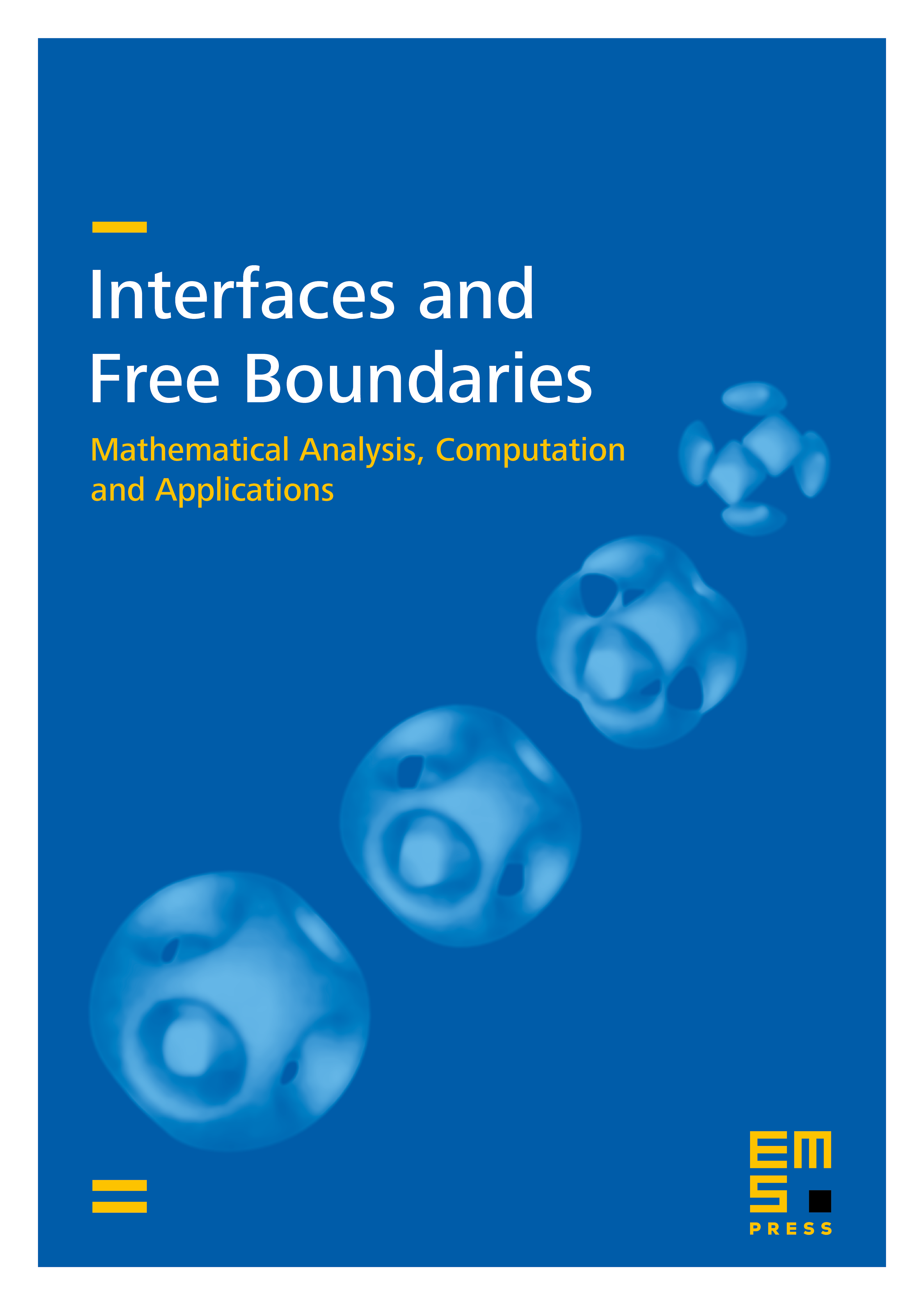A Hopf–Lax formula for the time evolution of the level-set equation and a new approach to shape sensitivity analysis
Daniel Kraft
Universität Graz, Austria

Abstract
The level-set method is used in many different applications to describe the propagation of shapes and domains. When scalar speed fields are used to encode the desired shape evolution, this leads to the classical level-set equation. We present a concise Hopf–Lax representation formula that can be used to characterise the evolved domains at arbitrary times. This result is also applicable for the case of speed fields without a fixed sign, even though the level-set equation has a non-convex Hamiltonian in these situations. The representation formula is based on the same idea that underpins the Fast-Marching Method, and it provides a strong theoretical justification for a generalised Composite Fast-Marching method.
Based on our Hopf–Lax formula, we are also able to present new theoretical results. In particular, we show non-fattening of the zero level set in a measure-theoretic sense, derive a very general shapesensitivity calculus that does not require the usual regularity assumptions on the domains, prove optimal Lipschitz constants for the evolved level-set function and discuss the effect of perturbations in both the speed field and the initial geometry.
Cite this article
Daniel Kraft, A Hopf–Lax formula for the time evolution of the level-set equation and a new approach to shape sensitivity analysis. Interfaces Free Bound. 18 (2016), no. 3, pp. 317–353
DOI 10.4171/IFB/366